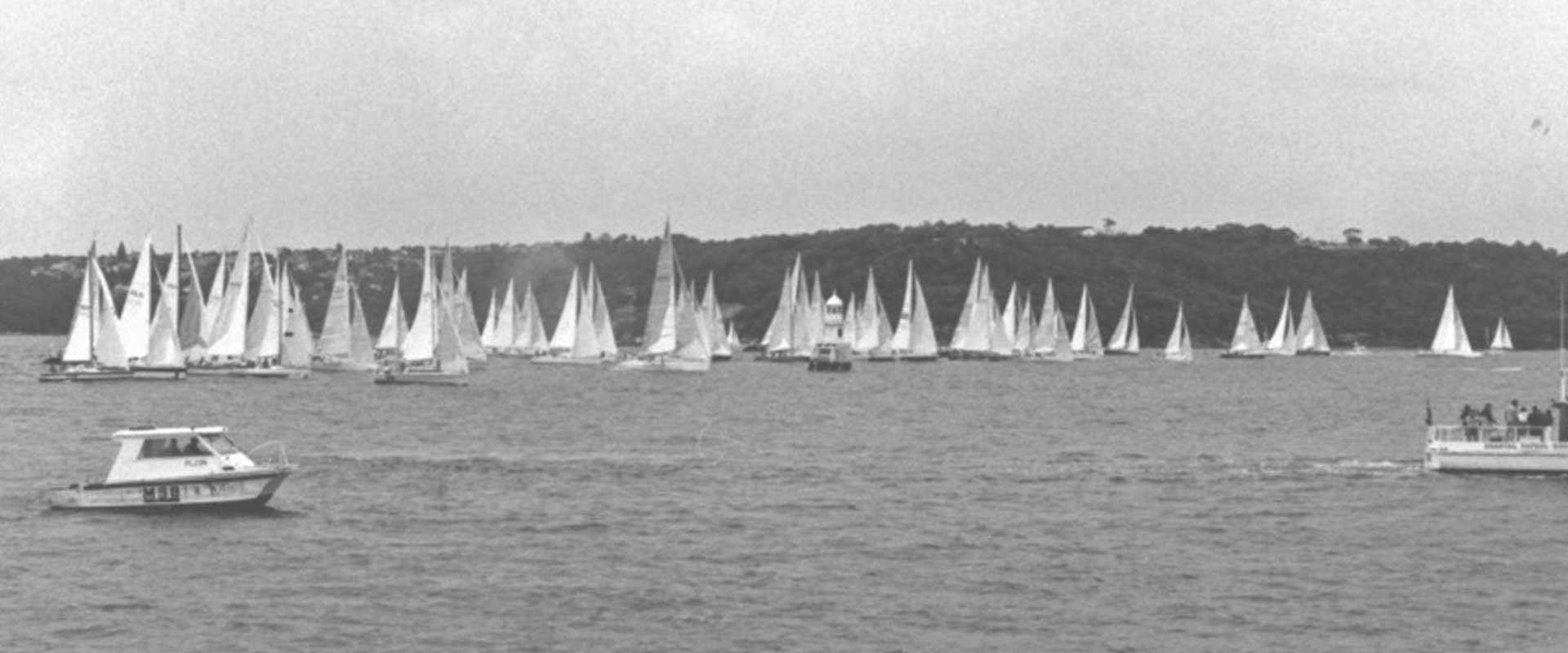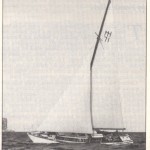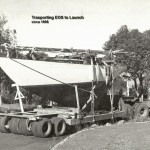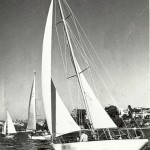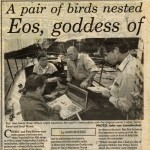| Eos | |
|---|---|
 Eos MH71 | |
| Country | Australia |
| Boat Type | Brittany Class |
| Sail Number | MH71 |
| Club | Middle Harbour Yacht Club |
| Rig | Masthead Sloop |
| LOA | 10.21m, 33.5f |
| LWL | 7.74m, 25.4f |
| Beam | 2.56m, 8.4f |
| Draught | 1.64m, 5.4f |
| Displacement | 6800 lbs |
| Year Build | 1956 (age 68) |
| Web | www.rolexsydneyhobart.com/the-yachts/1960/eos/ |
| Owner (s) | Brian Wilson Tom Flower |
| Designer (s) | Jack Laurent Giles |
| Builder(s) | David Linton Tom Flower |
Eos
Eos, owned by Tom Flower, was the first Brittany Class sloop in Australia.
Brian Wilson owned her in 1994 and sailed her in the 50th Sydney to Hobart Yacht Race.
Here is an article from Pittwater Online News on Eos.
And one from Brian Wilson (Manly Yacht Club) Newsletter Mar2017.pdf (myc.org.au)
Pictures and Articles | The "Other man's boat: Eos" written by Jack Sargent appeared in the Seacraft Magazine November 1956 CYCA's Great Veterans Race eligibility extended www.woodenboat.com.au/news/story.asp?story=12347 Launching of EosThe launching of Tom Flower's Brittany Class sloop Eos took place on Saturday, 26 May 1956. He had chosen a site which the haulage contractor had declared an easy job. By normal standards it may have been easy, but the amount of clearance the trailer driver had to weave his long vehicle back across the yard could have been best measured with a feeler gauge. The crane, already in position, had a trial run for positioning the jib over the hole that had been made in the roof of the shed in which Eos, the first of her class built in Australia, lay resplendent. Two huge wire slings were slung under, and passed to the hook on the crane, chafing blocks of softwood having been fastened to the hull previously, to take the load. The slings were parcelled with hessian to protect the paintwork. With a line to the bow and another to the stern to prevent spin when the crane lifted her, Eos was ready to take the air. As she was raised, four chocks were placed around the hull to support her and then two large Oregon flitches placed athwartships across the deck. Chains were fastened to the ends of the flitches and pulled down to the deck of the loader with chain and pulleys. She was released and left supported by four chocks and four chains - light rigging it seemed for a 7.5-ton lady who was to still face a couple of miles of roadwork, possibly more severe than she would ever face afloat. The route to the water, having been previously used by the haulier, was known to be free of traps such as low power lines, low bridges, and so on, although a tight hairpin bend was to test the driver's skill. With all care and caution, the convoy (loader, yacht, crane, several carloads of well-wishers, small boys on bicycles, and barking dogs) moved off towards Middle Harbour, Where the crane again took her and gently placed her on a marine slipway. And the damage? A spot of anti-fouling about the size of a postage stamp rubbed off. Tom declared that if he had known the way she was to have been handled, he would not have lost a wink of sleep the night before, and he could then have arrived in time to see her placed on the slipway. Articles about the Launching of EosSeacraft Magazine November 1956 Transporting a Yacht by Max Barnett  Transporting a Yacht by Max Barnett  Transporting a Yacht by Max Barnett  Transporting a Yacht by Max Barnett |
Eos in the 1956 Hobart |
1994 Sydney to Hobart Yacht Race - 50th |
